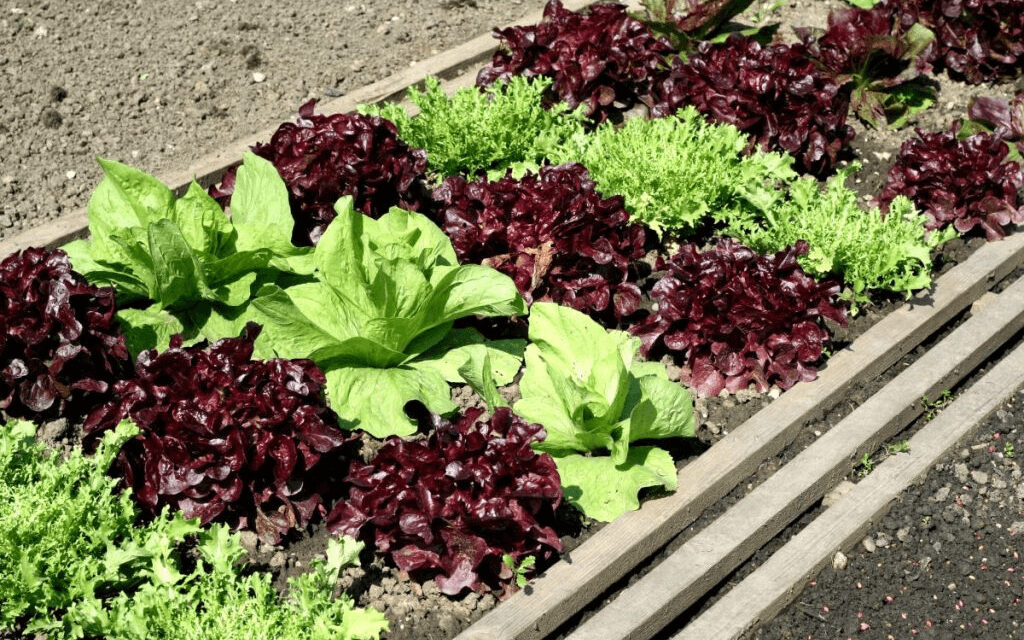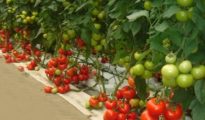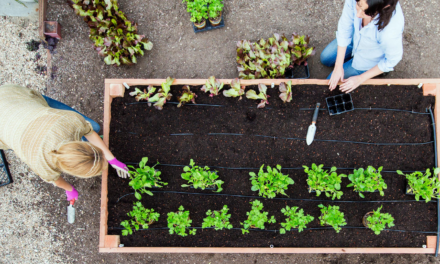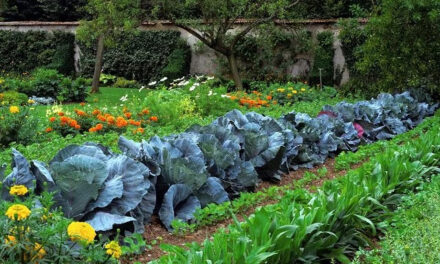In today's fast-paced world, where convenience often trumps health, it's essential to find ways to incorporate fresh and nutritious meals into our daily routines. One fantastic solution is growing your own salad ingredients in a vegetable garden. Not only does it provide a source of organic and pesticide-free produce, but it also offers the satisfaction of growing your own food. In this blog post, we'll explore some valuable tips and techniques for cultivating a bountiful vegetable garden that will provide you with an abundance of ingredients for delicious, homegrown salads.
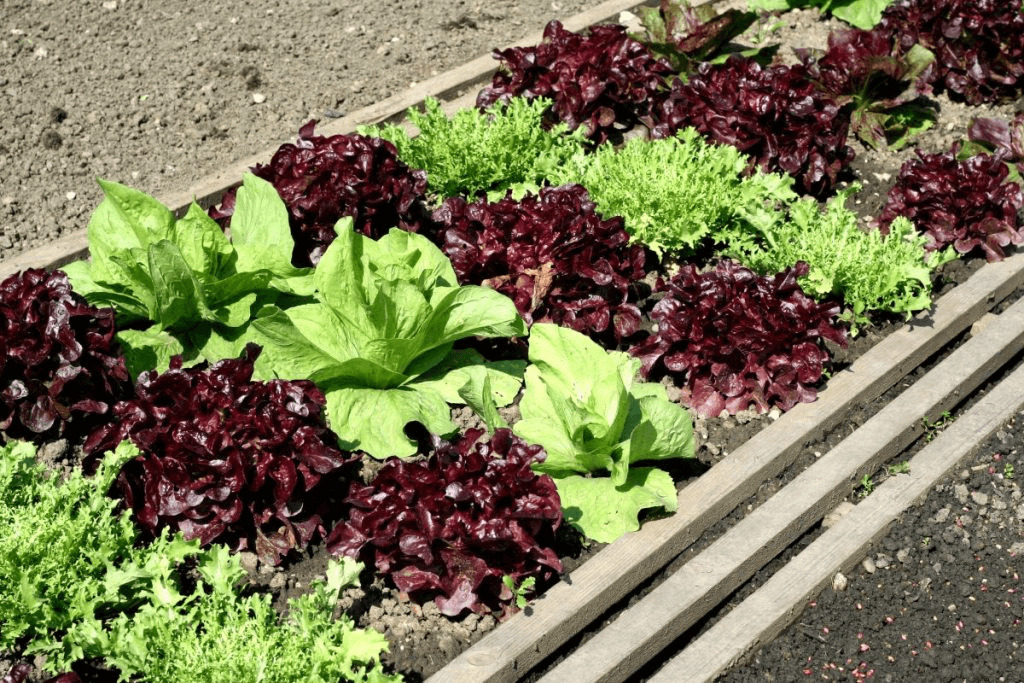
Choose the Right Location:
Selecting the ideal location for your vegetable garden is paramount. Find an area that receives at least six hours of direct sunlight each day, as most vegetables thrive in ample sunlight. Avoid areas with strong winds or excessive shade, as these can negatively impact plant growth. Additionally, ensure that the soil in your chosen location is well-draining, fertile, and rich in organic matter. Conduct a soil test to determine its pH level and nutrient content, and make any necessary amendments to optimize conditions for your salad greens.
Plan Your Garden Layout:
Designing a well-organized garden layout helps maximize space and ensure efficient growth. Consider grouping plants based on their compatibility and growth habits. For instance, tall plants, like tomatoes or trellised cucumbers, can provide shade for more delicate leafy greens, such as lettuce or spinach. Additionally, rotating crops each year helps prevent the buildup of pests and diseases in the soil. Keep a journal or use a garden planning app to record your layout and track the success of different varieties over time.
Start with Quality Seeds or Seedlings:
Obtaining high-quality seeds or seedlings is crucial for a successful salad garden. When purchasing seeds, look for reputable suppliers who offer a wide range of varieties. Consider heirloom seeds, which are open-pollinated and preserve genetic diversity. If you prefer seedlings, check local nurseries or consider starting your own transplants indoors. This way, you can ensure the health and vitality of the plants from the very beginning.
Choose a Variety of Salad Greens:
Diversify your salad garden by growing a wide variety of greens. Experiment with different types of lettuce, such as romaine, butterhead, and leaf lettuce, to add texture and flavor variations to your salads. Arugula, spinach, kale, and Swiss chard are other excellent choices that offer nutritional benefits. Planting a mix of fast-growing and slow-growing greens will ensure a continuous harvest throughout the growing season.
Practice Proper Watering:
Watering is a critical factor in growing a thriving vegetable garden. Aim for consistent moisture, but avoid overwatering, as it can lead to root rot and other problems. Water the plants deeply to encourage healthy root development, and water in the morning to allow foliage to dry before evening, reducing the risk of fungal diseases. Consider using drip irrigation or a soaker hose to deliver water directly to the plant roots while minimizing evaporation.
Implement Natural Pest Control Methods:
Garden pests can quickly wreak havoc on your salad greens, so it's essential to manage them effectively. Embrace organic pest control methods by encouraging beneficial insects, like ladybugs or lacewings, to feed on harmful pests. Companion planting can also deter pests, such as marigolds to repel aphids or nasturtiums to attract caterpillars away from greens. Regularly inspect your plants for signs of pest damage and address any issues promptly to prevent widespread infestations.
Harvesting and Enjoying Your Salad Greens:
The most satisfying moment of growing your own salad is the harvest. As your greens reach maturity, selectively pick the outer leaves,allowing the inner leaves to continue growing. This method, known as “cut-and-come-again,” ensures a continuous harvest throughout the season. Use clean, sharp scissors or garden shears to avoid damaging the plants. Wash the harvested greens thoroughly and enjoy them in a variety of delicious salad recipes. Combine different flavors and textures, add some freshly picked herbs, and top it off with a homemade dressing for a truly delightful culinary experience.
Continual Care and Maintenance:
Maintaining a healthy vegetable garden requires ongoing care. Regularly remove weeds, as they compete with your salad greens for nutrients and water. Mulching can help suppress weeds while retaining soil moisture. Apply organic fertilizers or compost to replenish nutrients and improve soil fertility. Monitor your garden for signs of diseases or nutrient deficiencies, and address any issues promptly to prevent them from spreading.
Extend Your Growing Season:
With some careful planning and techniques, you can extend your salad garden's growing season and enjoy fresh greens for longer. Consider using season-extending tools like row covers, cloches, or a small greenhouse. These structures protect plants from frost and provide a warmer environment, allowing you to grow salad greens well into the cooler months. Additionally, succession planting—sowing new seeds every few weeks—ensures a continuous supply of fresh greens throughout the year.
Learn and Adapt:
Gardening is a continuous learning process, and every season brings new experiences. Take the time to learn from your successes and failures. Keep a gardening journal to track your plantings, methods, and observations. Seek advice from local gardening communities or join online forums to share knowledge and learn from experienced gardeners. Adapt your techniques based on the specific needs and challenges of your garden, and enjoy the journey of growing your own salad.
Growing your own salad in a bountiful vegetable garden is a rewarding and fulfilling experience. By following these tips and techniques, you can create an abundant supply of fresh, organic greens for nutritious and delicious salads. From choosing the right location and varieties to practicing proper watering and natural pest control, each step plays a vital role in the success of your garden. Embrace the joy of nurturing plants, enjoy the satisfaction of harvesting, and savor the flavors of your homegrown salads. Happy gardening and bon appétit!

